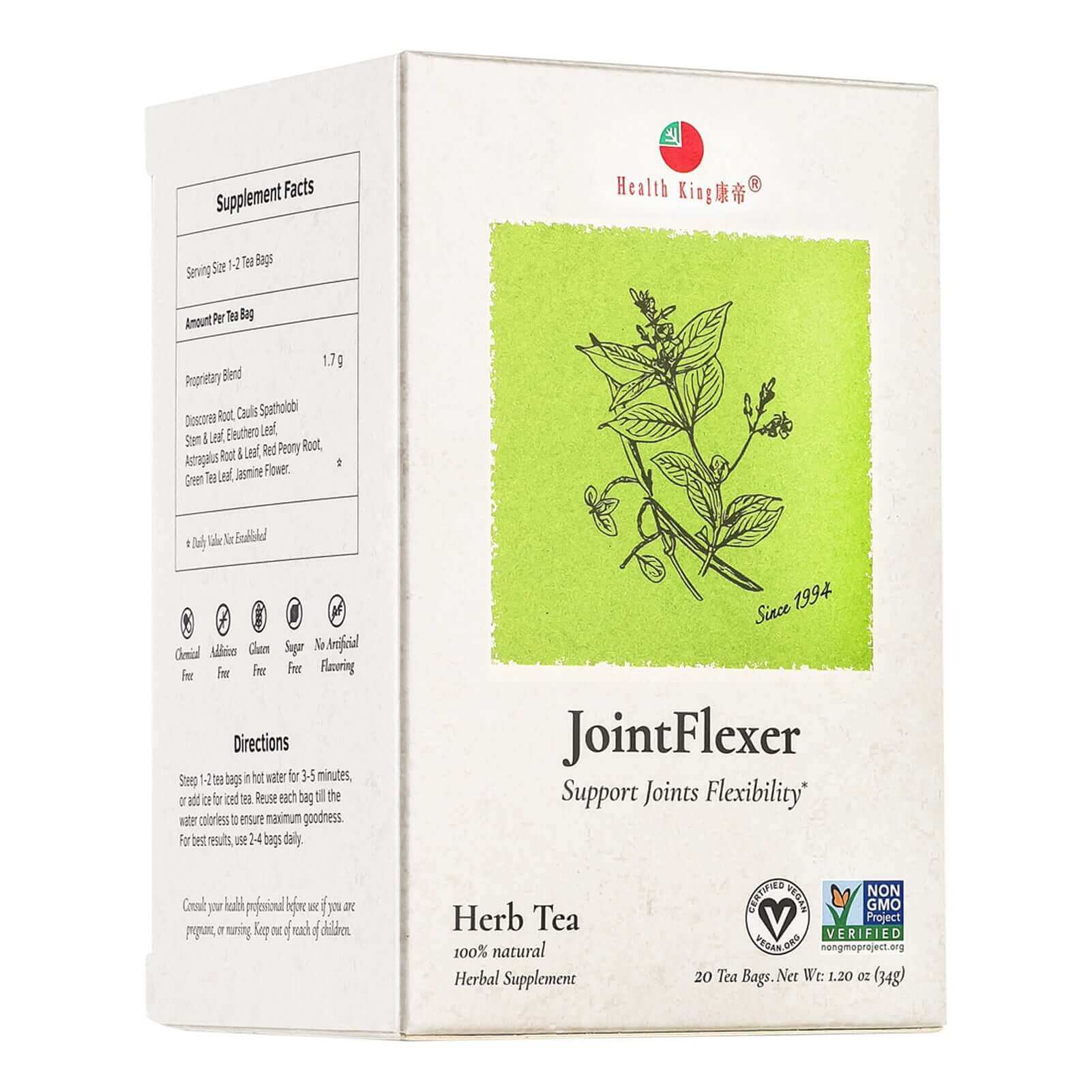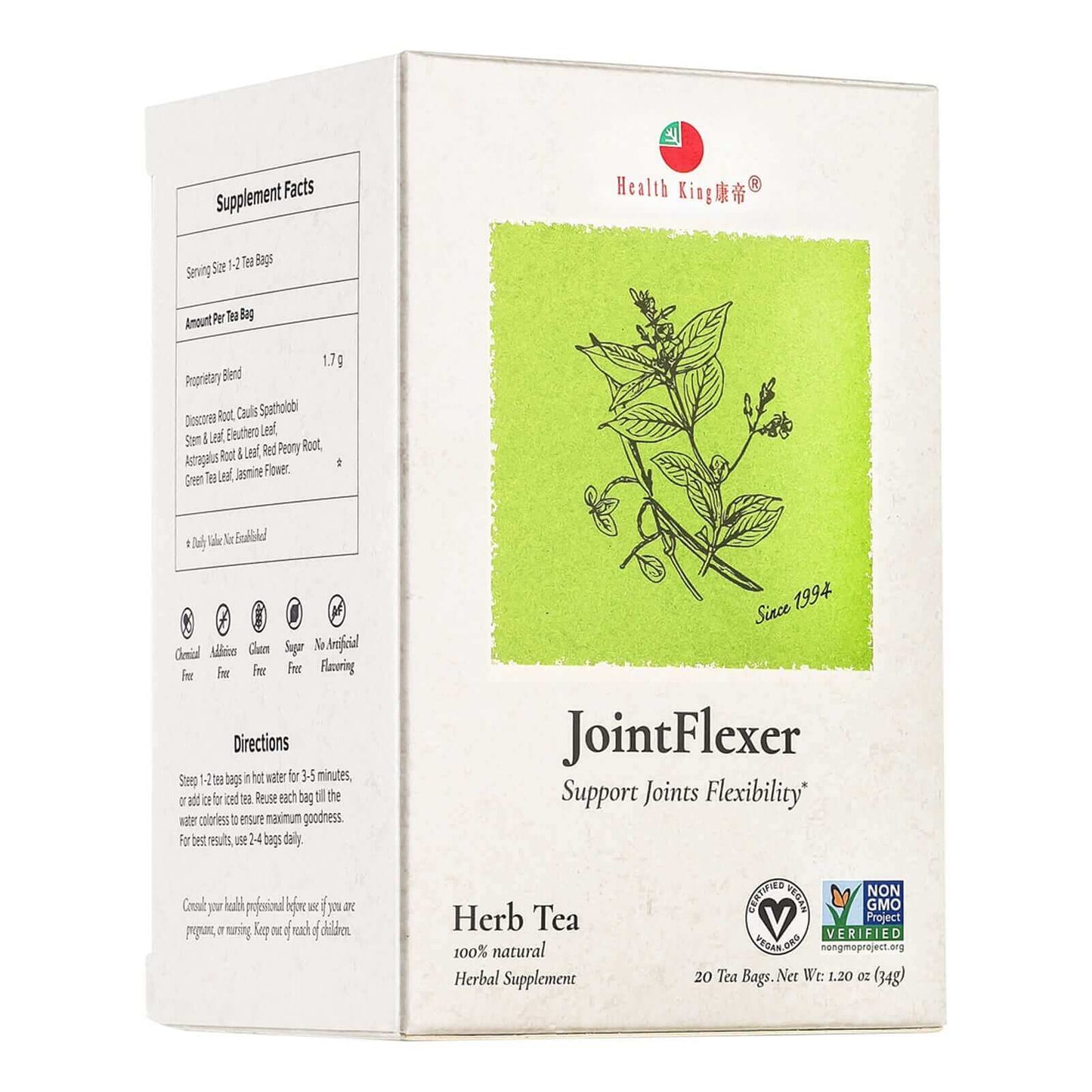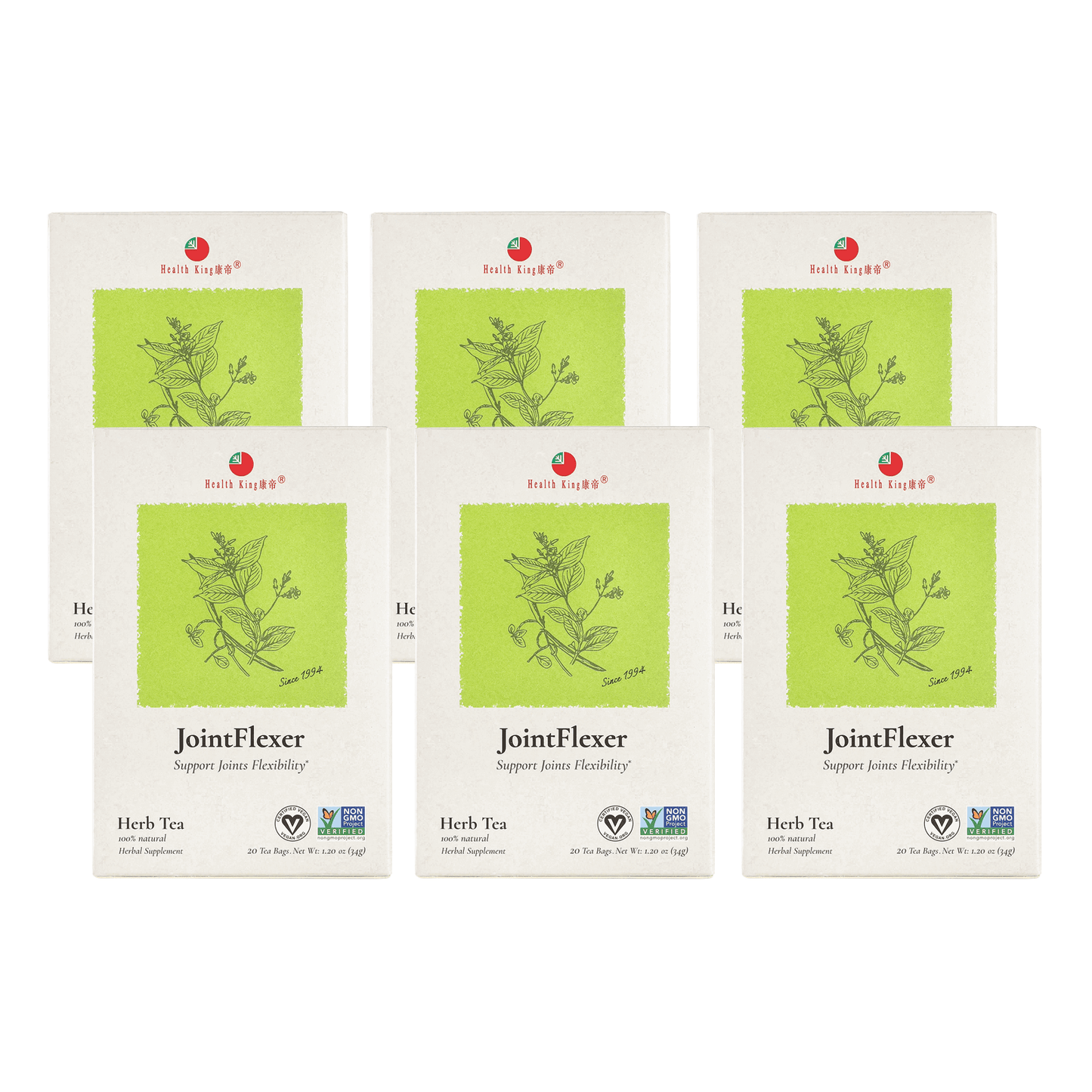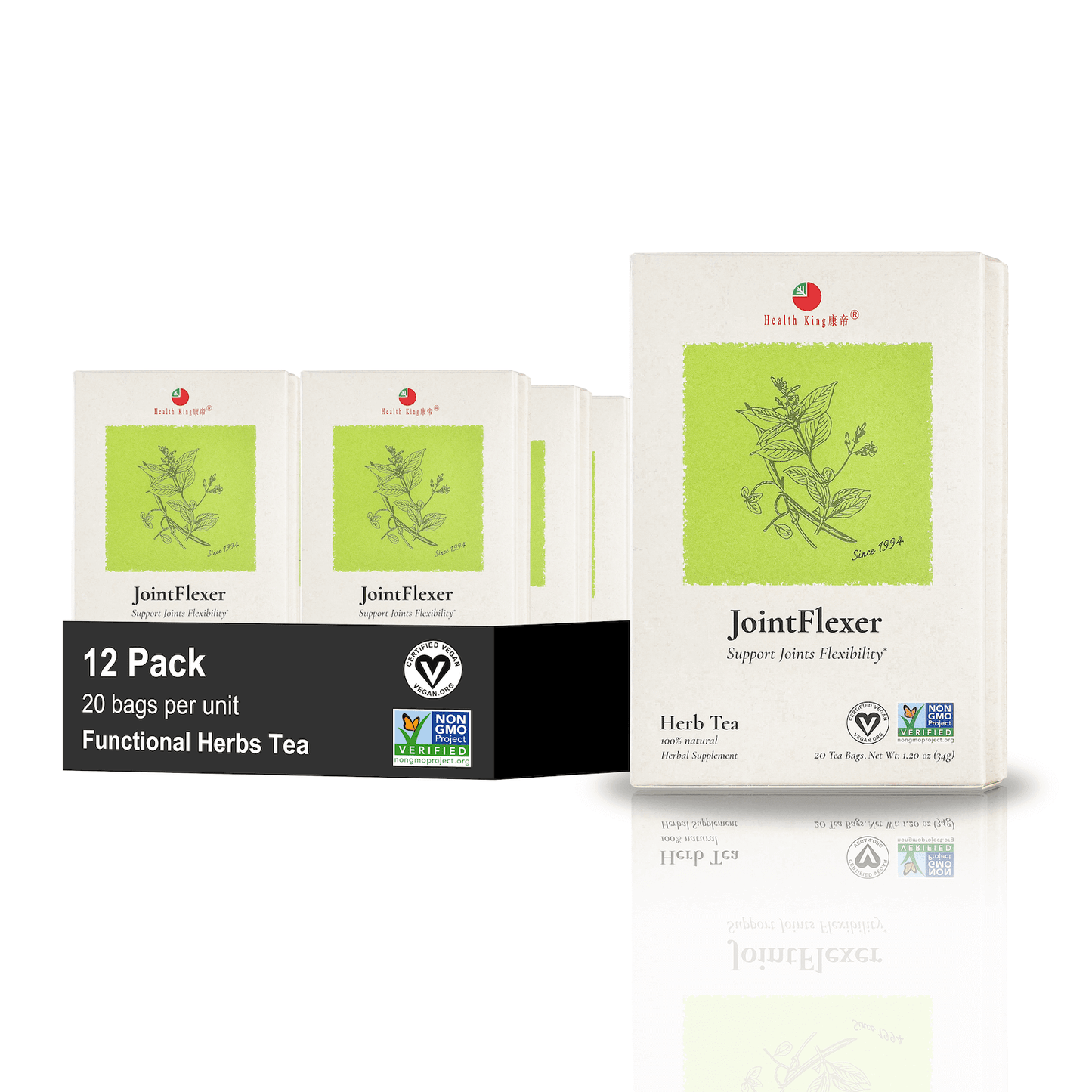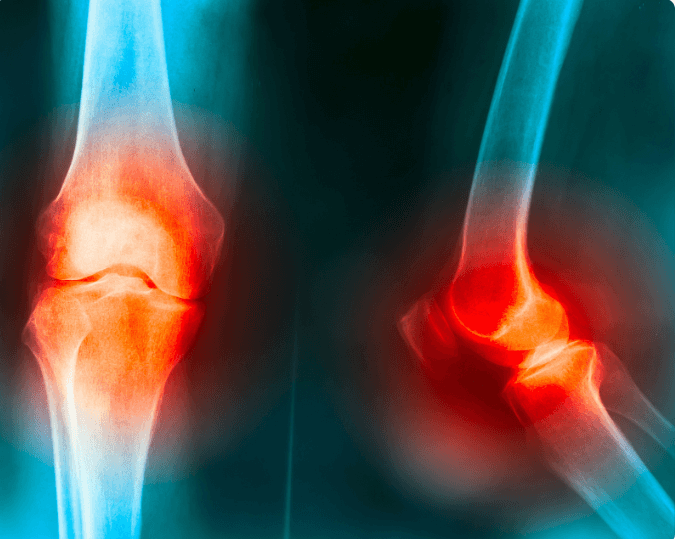
How to Maintain Joint Flexibility
Share
In this guide, we delve into effective strategies for maintaining joint flexibility. We explore both traditional remedies like Caulis Spatholobi and modern flexibility training techniques. Our focus is on providing actionable advice for enhancing joint support and flexibility, with an emphasis on long-term joint health.
Whether you're experiencing joint stiffness, looking to proactively maintain your joint health, or a healthcare professional seeking alternative remedies for joint support, this article offers valuable insights. Let's embark on this journey towards better joint health.
The Critical Role of Joint Flexibility in Health
Joint flexibility is more than just the ability to touch your toes. It's about maintaining a range of motion that allows you to perform daily activities with ease.
A decline in joint flexibility can lead to discomfort, pain, and a reduced quality of life. It can limit your ability to engage in physical activities, impacting your overall health and well-being.
Maintaining joint flexibility is particularly important as we age. Age-related changes can lead to stiffness and reduced mobility, making flexibility maintenance crucial for healthy aging.
By understanding the importance of joint flexibility, we can take proactive steps to maintain it. This understanding forms the foundation of our journey towards better joint health.
Understanding Synovial Fluid and Joint Health
Synovial fluid plays a pivotal role in joint health. This viscous substance lubricates the joints, reducing friction and facilitating smooth movement.
The production of synovial fluid can be influenced by various factors, including hydration and nutrition. Ensuring adequate water intake and a balanced diet can help promote its production.
Understanding the role of synovial fluid provides insight into the mechanics of joint health. It underscores the importance of lifestyle factors in joint flexibility maintenance.
Flexibility Training: Enhancing Your Range of Motion
Flexibility training is a key component of joint flexibility maintenance. Regular stretching exercises can enhance the range of motion in your joints, promoting mobility and reducing the risk of injury.
However, it's important to approach flexibility training with caution. Overstretching can lead to joint instability and injury, so it's crucial to learn proper techniques and listen to your body's signals.
Incorporating flexibility training into your routine can provide significant benefits. It's a proactive step towards maintaining joint health and overall physical wellbeing.
Remember, consistency is key in flexibility training. Regular, gentle stretching can yield long-term benefits for joint flexibility.
Caulis Spatholobi: An Ancient Remedy for Modern Joint Support
Caulis Spatholobi, a traditional Chinese medicinal herb, has been used for centuries to support joint health. It's believed to promote blood circulation and alleviate joint pain, contributing to improved joint flexibility.
Modern scientific studies have begun to explore the efficacy of Caulis Spatholobi in joint support. While more research is needed, preliminary findings suggest potential benefits.
Before starting any new supplement, including Caulis Spatholobi, it's important to consult with a healthcare professional. They can provide guidance based on your specific health needs and circumstances.
Nutritional Strategies for Joint Flexibility Support
Diet plays a significant role in maintaining joint health. Certain nutrients can help support joint flexibility and reduce inflammation.
Consider incorporating the following into your diet:
- Omega-3 fatty acids, found in fish and flaxseeds, known for their anti-inflammatory properties.
- Antioxidants, found in fruits and vegetables, which can help combat oxidative stress in the joints.
Remember, a balanced diet is key. It's not just about adding beneficial foods, but also about maintaining overall nutritional balance.
The Balance of Flexibility and Strength in Joint Maintenance
Maintaining joint flexibility isn't just about stretching. It's also about strength.
Strength training helps stabilize the joints, which can enhance flexibility and prevent injury. However, it's crucial to strike a balance.
Overemphasis on strength can lead to stiffness, while too much flexibility can result in instability. Balance is key.
Incorporating Flexibility Exercises into Your Routine Safely

Incorporating flexibility exercises into your routine requires careful planning. It's not about pushing your body to its limits, but rather, gently expanding them.
Always warm up before stretching to prepare your joints. Cool down afterwards to help your body recover.
Remember, consistency is more important than intensity. Regular, gentle exercises can yield significant improvements in joint flexibility over time.
Recognizing When to Seek Professional Advice
It's crucial to listen to your body during flexibility training. Persistent pain or discomfort may indicate a need for professional advice.
Don't hesitate to consult a healthcare professional if you experience these symptoms. They can provide guidance and help prevent further joint damage.
Conclusion: A Holistic Approach to Joint Flexibility
Maintaining joint flexibility is not a one-time effort. It requires a consistent, holistic approach that combines diet, exercise, and lifestyle changes.
Incorporating flexibility training, using traditional remedies like Caulis Spatholobi, and seeking professional advice when needed can all contribute to joint health.
Remember, your joint health is a long-term investment. Prioritize it to enjoy a life of mobility and freedom.

